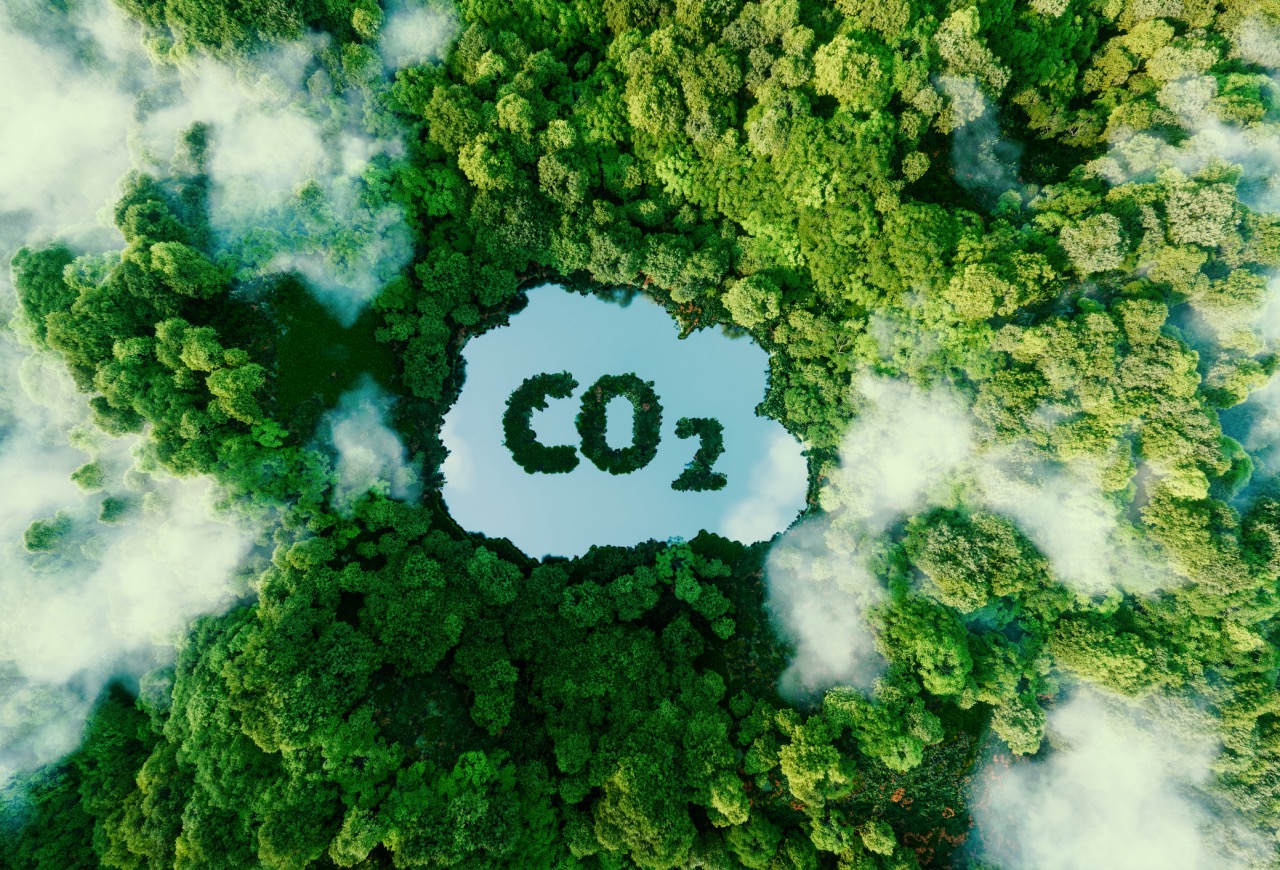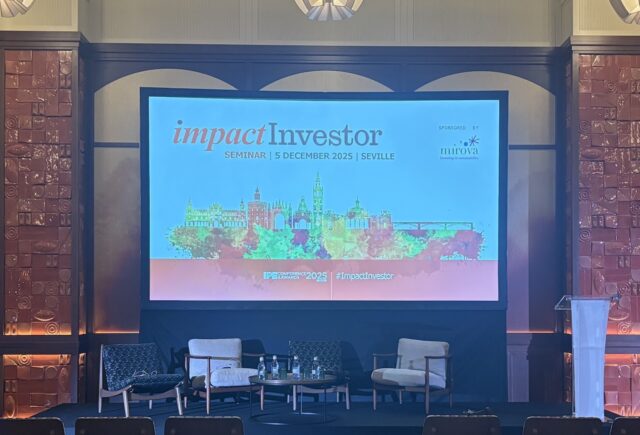We get different perspectives on a vital issue for impact investors, ranging from industry bodies to market participants. They all agree urgent change is needed

In brief
- The carbon credits systems in place are varied, complex and opaque. It seems highly unlikely they achieve what is intended
- There was little if any progress at COP27. A few good ideas, but little action
- What is needed is urgent reform of the systems themselves. A unified mechanism that actually works
There is a lot that is wrong with the current carbon credits system. As Megan Brennan, portfolio manager at Sarasin & Partners, notes: “The voluntary credits system is opaque, and the quality of carbon credits issued by a multitude of players in this market varies hugely.” Worse still, some credits do not actually reduce carbon emissions, “particularly where emitters are using the preservation of nature-based solutions such as trees to offset the real emissions from what they are adding to the atmosphere”.

Compliance schemes such as the EU Emissions Trading Scheme (ETS) do work as a tax on emissions and create a real economic deterrent. But, according to Brennan, the main issue with this scheme is that the price is currently “not high enough to incentivise hard to abate sectors to adapt”.
Energy Attribute Certificates (EACs) – also known as GOs in Europe, REGOs in the UK and RECs/IRECs in the US – are the most commonly used renewable energy trading tool; each one certifies that a megawatt-hour (MWh) of renewable energy has been generated somewhere at some point in time. Organisations can buy EACs from issuing bodies to meet their annual electricity demand and claim they are running on “100% renewable energy” in their market-based emissions accounting.
“Whereas EACs have great perks, the challenge is that they do not account for the real locational constraints of our electricity grids,” says Simone Accornero, co-founder & CEO of renewable energy monitoring software FlexiDAO.

To give an example, a Dutch data centre consuming electricity could claim to be “100% renewable” by covering its annual consumption with EACs generated from a solar plant in Portugal. But there is next to no chance the actual electrons related to the EACs it buys from the solar plant ever actually reach the data centre, which is on an entirely different power grid to these electrons.
Did COP27 achieve anything here?
Not really. Unfortunately, as Brennan notes, “it was clear from COP27 that the global energy crisis has influenced the willingness and ability to take difficult choices in combatting climate change. There was little progress on [carbon markets] and many questions were left unanswered, particularly around the double counting of credits”.
There were some moves such as The African Carbon Markets Initiative, and The International Organization of Securities Commissions (IOSCO) launched a 90-day consultation on the resilience and integrity of the voluntary carbon markets (VCM). President elect of Brazil, Lula da Silva, expressed his commitment to protecting the Amazon rainforest creating speculation that it could be monetised by other means, such as issuing voluntary carbon credits.
At COP27, the IMF called for a $75/ton carbon price, but several institutions, such as the Intergovernmental Panel on Climate Change (IPCC) and the Network for Greening the Financial System (NGFS), now estimate that a carbon price of more than $100 would be required to achieve the Paris Climate Agreement. According to the World Bank, just 23% of global greenhouse gas emissions are covered by a carbon pricing mechanism. The IMF estimates that the global average carbon emission price is currently no more than $5 (per tCO2e) .
In its updated Carbon Shock Analysis, Van Lanschot Kempen’s base case suggests a price rise of $100 per tCO2e on polluting companies’ Scope 1 and 2 emissions, with dire knock-on effects for equity markets. Maarten Edixhoven, chair of the management board of Van Lanschot Kempen, says: “The current energy crisis has raised concerns that meeting global climate goals has become less urgent. However, nature is telling us that it is still a high priority.”
How to fix the carbon credits markets?
The case for reform is strong. “The voluntary carbon market… has the potential to play a much more important role in climate action,” according to William McDonnell, chief operating officer of the Integrity Council for the Voluntary Carbon Market (ICVCM)

“We need to make it easy for investors to recognise a high-integrity carbon credit, no matter which programme issued it, what kind of credit it is, whether it is a removal or reduction, a nature-based solution or an emerging technology, or where on the planet it is happening,” says McDonnell.
Mc Donnell’s ambition is to create a globally recognised, easy-to-use benchmark for high-quality credits. “We want to spark a race to the top. We aim to strike the right balance of ambition and pragmatism that will drive a levelling-up to best practice across the VCM and establish a pathway to higher ambition.”
Brennan agrees: “More regulation for voluntary schemes, such as a grading of quality and audit standards would improve confidence for both investors and users of the carbon market.”
With the EU’s ETS, there is also a need to implement economic incentives that prevent carbon “leakage”, where production in emissions intensive sectors move offshore to less climate friendly jurisdictions to avoid carbon pricing. “There will need to be some form of Carbon Border Adjustment Mechanism to deter this behaviour,” says Brennan.
As the rules of the energy game change to favour a more granular, accurate and data-led accounting system, Accornero argues that “the right price incentives will be implemented to drive deeper decarbonisation of our power grids”. Many of the technologies needed to fully decarbonise our energy grids, such as long-duration storage, “currently suffer from a lack of demand driving down their costs and stimulating further adoption. “
To remain credible and efficient, Accornero believes EACs need to go through a digital transformation, updating to become Granular Certificates (GCs), or Time Stamped Energy Attribute Certificates (T-EACs).
GCs are a new type of certificate stamped with time and location of production, plus carbon content. This provides hourly detail on where carbon-free electricity generation has occurred, it can even be sub-hourly when enough data is available. “By using GCs to account for actual electricity usage on an hourly rather than annual basis, and by focusing on the local grids that businesses actually operate on, corporate energy buyers will start to seek out these solutions for the times of the day when they are currently reliant on fossil fuels, using their purchasing power to much greater effect,” he added.






